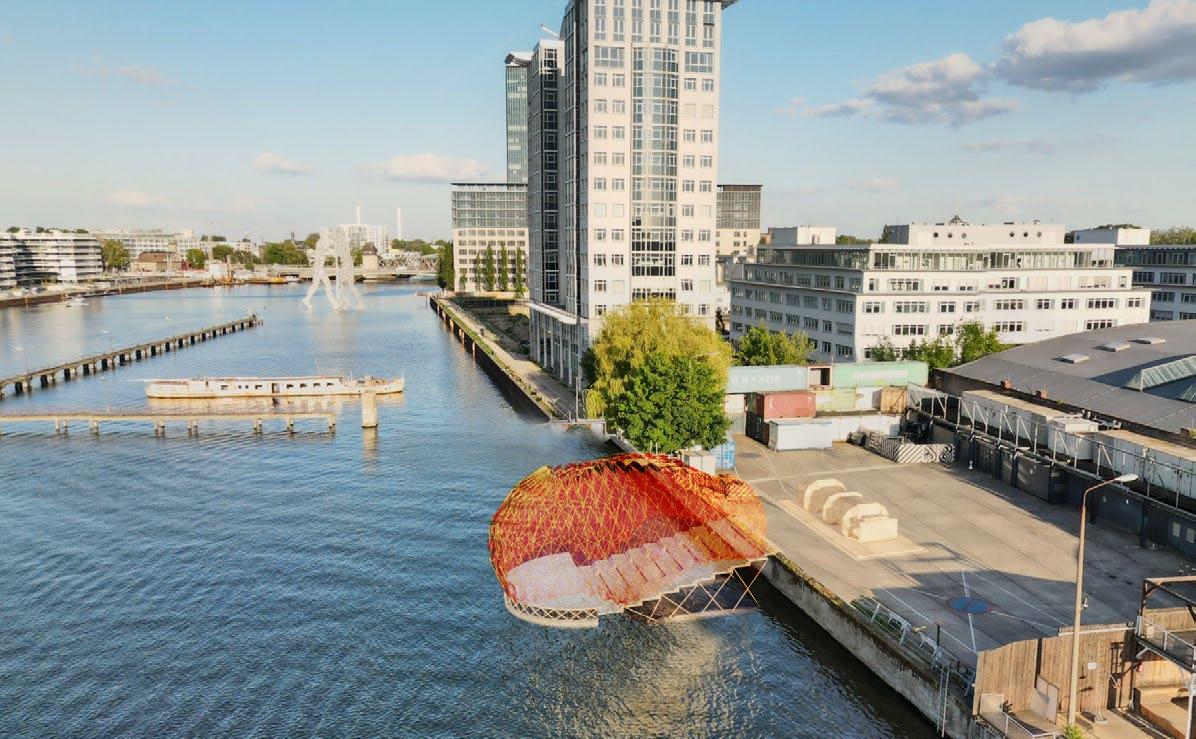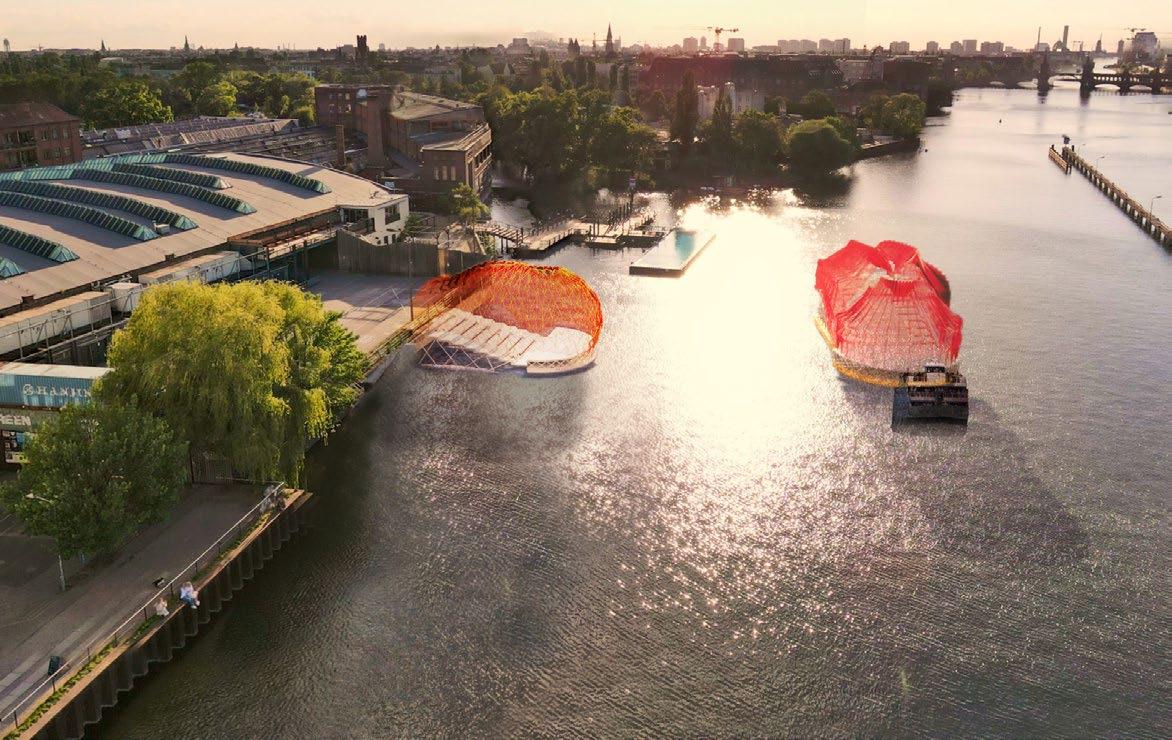PRINCE BULL
Architectural Design Portfolio

Architectural Design Portfolio
A take on an emergency response center, located within the Charlotte-Mecklinburg Area
Using Anime as emotional refuge: bridging reality and escape in Japanese culture.
Marrying the concepts of Origami and Tesselation to create a floating concerto
I'm a 24-year-old graduate of Georgia Tech and UNC Charlotte, with a background in Architecture and Graphic Design. My Sierra Leonean heritage instilled in me a deep appreciation for community, resilience, and shared growth—values that continue to shape how I approach both design and collaboration.
I’m driven by curiosity and a passion for creativity, often diving into projects that span art, coding, and the built environment.
I believe design is more than a technical discipline—it’s a form of cultural expression and a way to connect people, ideas, and experiences. Whether I’m sketching, prototyping, or exploring new tools, see each project as a chance to learn, adapt, and grow.
For me, meaningful progress comes from a balance of creativity, collaboration, and a constant willingness to explore new perspectives.


This project is an Emergency Response Center located in Charlotte, NC, developed in collaboration with my partner Eric St. Clair as part of our Integrated Studio course.
While basic site and program guidelines were provided, the project required us to take initiative throughout each phase— prioritizing key themes, setting goals, and applying specific visual methods to deepen our design exploration.
Inspired by the pangolin—known for its protective, layered form—our design translates this concept into architectural expression, prioritizing resilience, safety, and environmental responsiveness.
The center is intended to serve as a vital community anchor, remaining accessible and operational during times of crisis while supporting long-term public well-being.
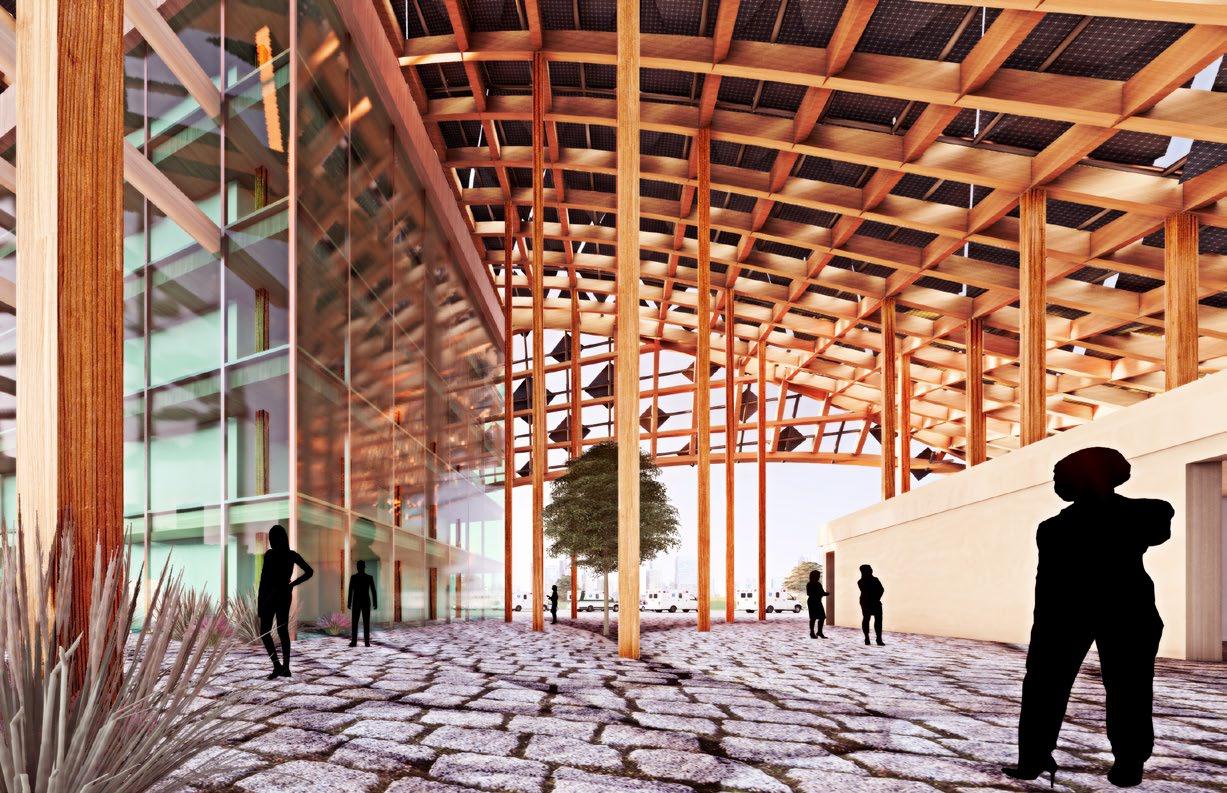
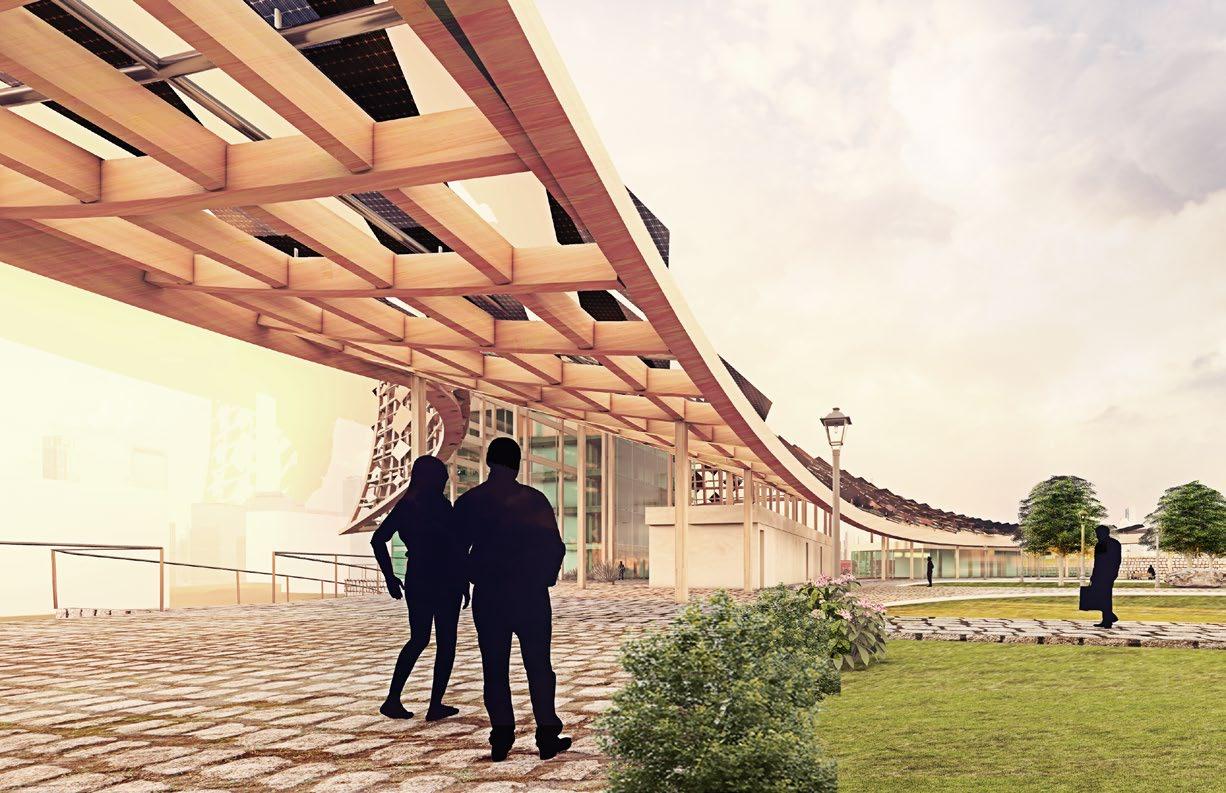































































































This interactive exhibit repositions anime as more than entertainment—presenting it as a cultural lens through which to view and understand Japan’s evolving social landscape.
Often overlooked as merely juvenile, anime in fact delves into complex themes such as identity, isolation, gender, and resilience.
The project is composed of three layers that together create a narrative-driven urban experience. The bottom layer connects directly to Akihabara’s lively streets, grounding the design in the local culture.
The top layer is an interactive exhibit space, showcasing digital media and immersive storytelling. Between them, the midway layer acts as a transitional urban zone— inviting visitors to move fluidly between everyday life and imaginative exploration



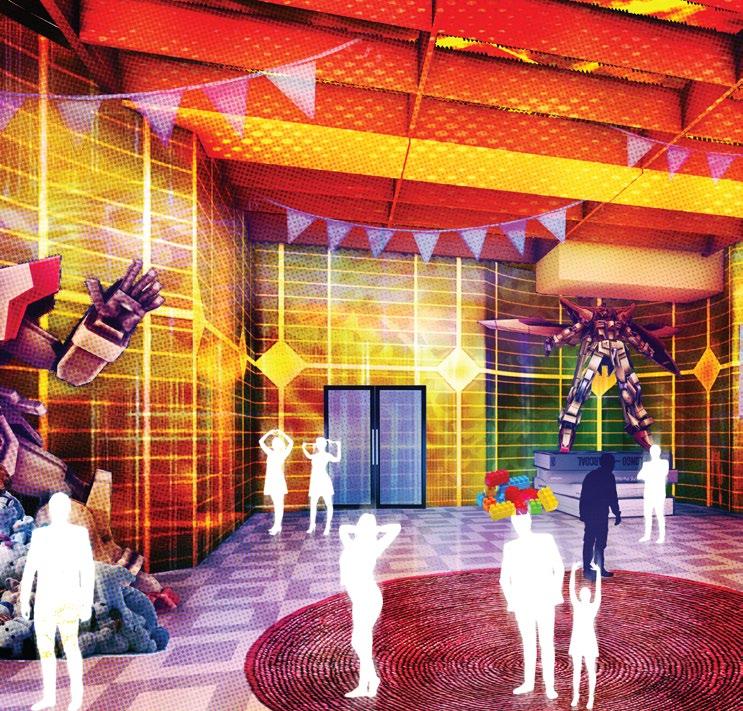
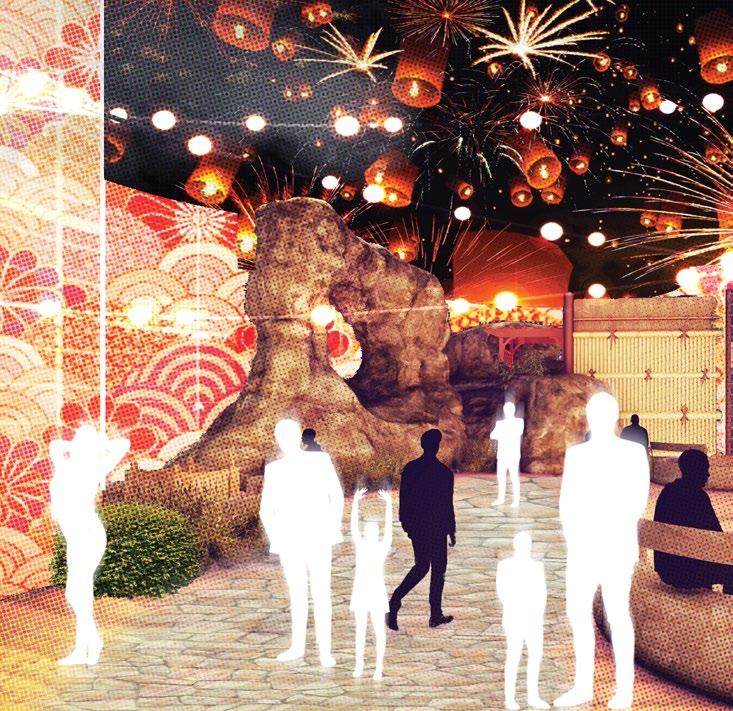
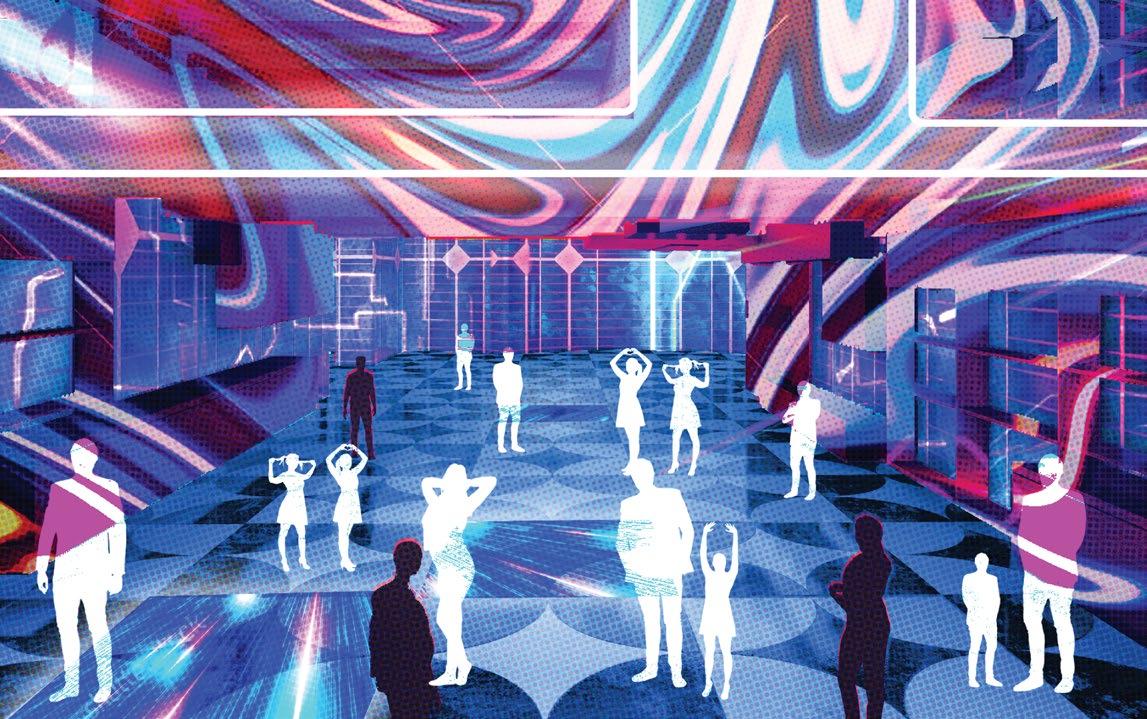

This project proposes a mobile structure designed for public space, adaptable to a variety of cultural and community events. It can host concerts, performances, exhibitions, workshops, and even local gatherings like weddings—offering a flexible, accessible platform for shared experiences and creative expression.
This floating structure draws inspiration from origami tessellation—a technique where repeated geometric patterns fit together seamlessly without gaps or overlaps.
The design emphasizes this intricate pattern as its defining feature, allowing the tessellation to take center stage both structurally and visually.
A frame used to provide additional support and rigidity. Without a frame, the fiberglass shell would be prone to bending, flexing, and deforming under load.
An inexpesive. and practical material because it is strong, lightweight, and durable.
The frame helps to distribute the loads placed on the shell more evenly and to prevent the shell from failing under stress.
It is also resistant to corrosion, and can withstand high temperatures and UV radiation.
The main circulation space of the platform, which doubles as a both the seating area and the stage. The platform is designed to be flexible and adaptable, allowing it to be used for a variety of different events and activities.
Pontoons: Pontoons are large, buoyant structures that can be used to support a platform on the water.
By using a few structural elements, the structure is able to float by the use of four Pontoons.
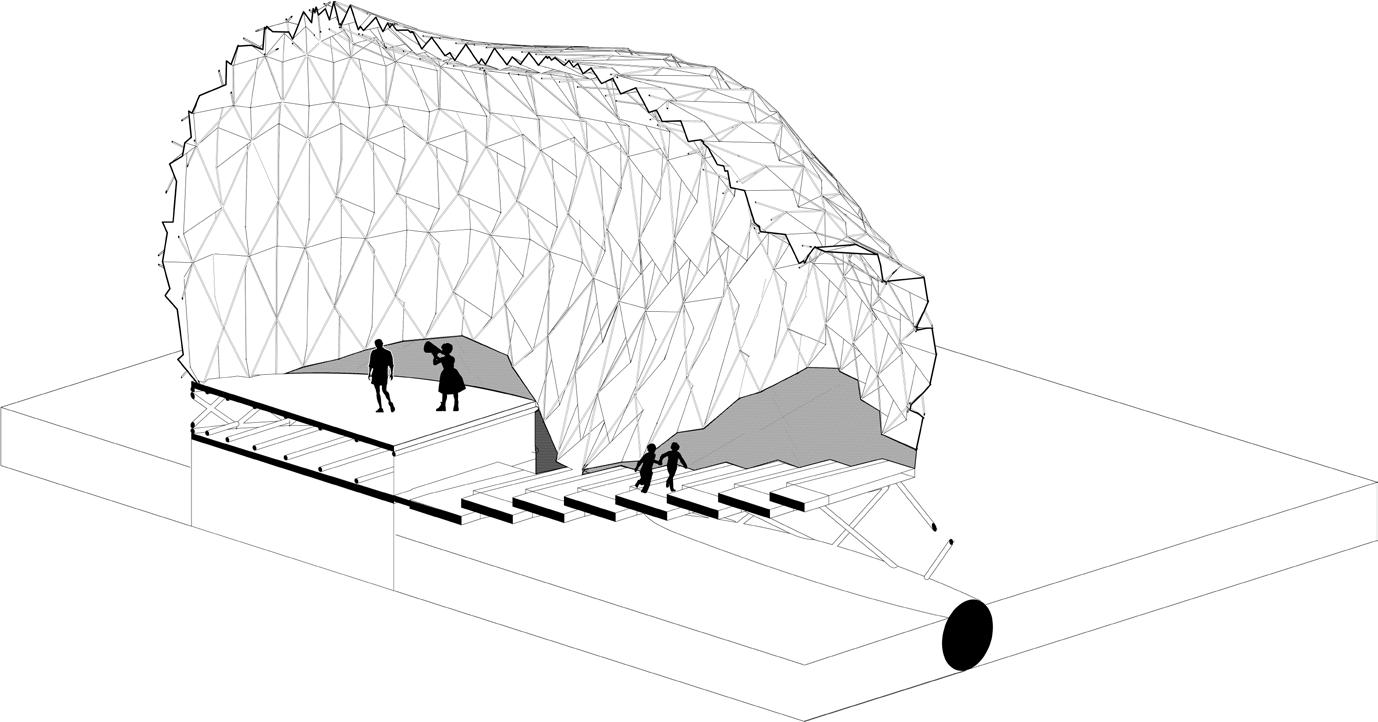
A safety barrier designed to prevent people from falling into the East Berlin River.
Woven from a strong polypropylene mesh, it's materiality makes able to withstand the weight of multiple humans, with it often being used for cast fishing.
